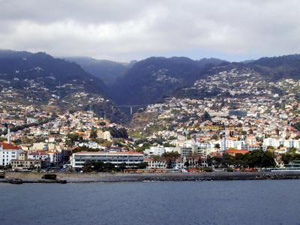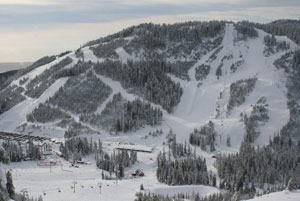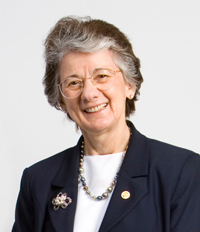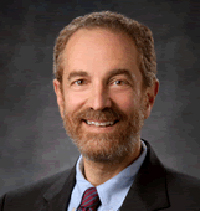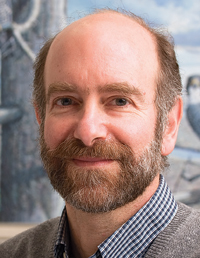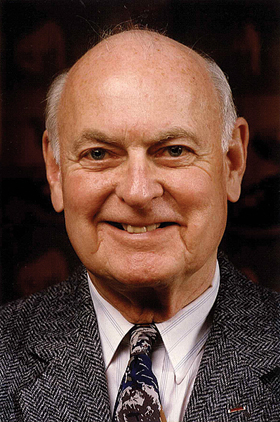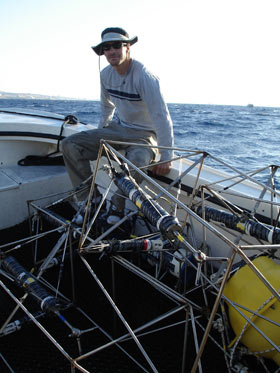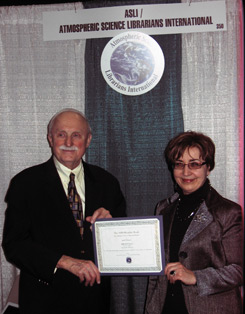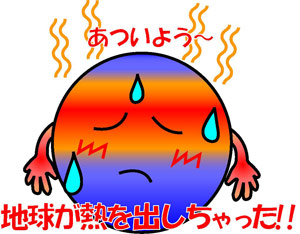For many travelers, lounging on the deck of a cruise liner with a fruity drink in hand is the ultimate in luxurious relaxation. According to the industry Web site cruisemarketwatch.com, more than 18 million people will vacation on a cruise ship this year. And while those idyllic visions of leisure are usually accurate, two recent disasters have spotlighted the potential hazards that unexpected severe weather can bring to cruise ships.
In early March, the Louis Majesty was cruising the Mediterranean off the coast of Marseille, France, with more than 1,900 people aboard when it was battered by three 30-foot waves. Two people were killed and 14 were injured after the waves broke glass, ripped out furniture, scattered debris, and flooded cabins. Marta de Alfonso, an oceanographer with the Spanish government, told the Associated Press that a powerful storm was influencing Mediterranean at that time, with reports of winds in excess of 100 km/h (60 mph).
Significant wave heights of around 20 feet were recorded by buoys in the area. “Rogue waves” are at least double the significant wave height, so the waves that struck the Louis Majesty are not considered rogue. As CNN’s Brandon Miller explains here, wind and current direction and sea floor topography can all cause abnormally large waves. Nevertheless, De Alfonso said that waves of the size that struck the ship generally appear in the Mediterranean only one or two times a year.
The previous week, the Costa Europa, a cruise liner in the Red Sea carrying almost 1,500 passengers, was docking at the Egyptian port of Sharm el-Sheik when it violently struck a pier, ripping open a six-foot-wide hole in the hull. Three crew members were killed and three passengers and one crew member went to a local hospital with injuries. The cruise line’s CEO blamed “exceptional bad weather conditions and an unexpected gust of wind” for the accident, although a marine official later said the cause was “100 percent human error.”
While it is clear that vacation cruises are generally safe, it isn’t entirely clear how common rogue waves are. Several papers in recent AMS journals have addressed the statistics of waves that stick out from the general sea state around them (for example, Gibson et al. and Janssen and Herbers in Journal of Physical Oceanography), mostly trying to show how it might be possible to for waves to combine and interact to produce exceptional heights only very rarely.
In another paper in the same journal, Johannes Gemmrich and Chris Garrett of the University of British Columbia, make an interesting point about what makes these waves so potentially deadly:
What is clear from many cited examples of what observers describe as “freak” waves is that they tend to be much larger than the waves in the surrounding sea state, often appearing either singly or in small groups, without warning. In many situations, this unexpectedness is more dangerous than the wave height itself, for example, if mariners interpret an interval of several minutes of relatively small waves as an indication of a decreasing sea state.
However they go on to show, in at least one interpretation of their evidence, that the unexpectedness of rogue waves may be in the eye of the beholder.
The frequency with which unexpected waves occur even without the extra possible physics of resonant nonlinear interactions is remarkable and of scientific interest. It suggests that many reported freak waves may not be so freakish after all, but merely the simple consequence of linear superposition. Our predictions could be incorporated into maritime safety manuals or coastal warnings. To be sure, we have based our simulations on deep water scenarios and further analysis is required for nearshore situations, but it seems likely that similar results will emerge. Thus, mariners and tourists can be warned that even a few minutes of waves can be followed by a wave at least twice as high, with such an event likely every few days.
Rarely fatal, the statistics of surprise are nonetheless consistently…well… surprising.
